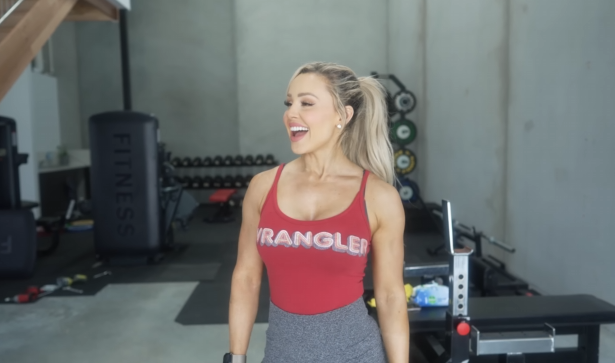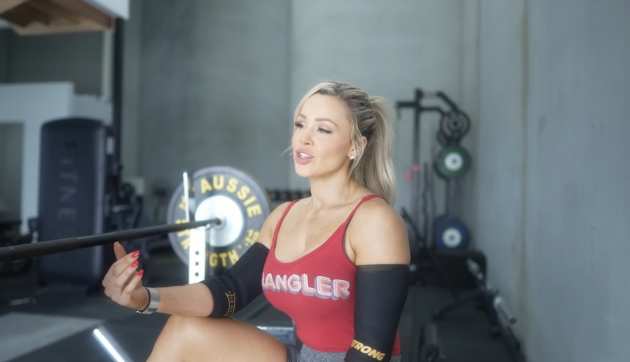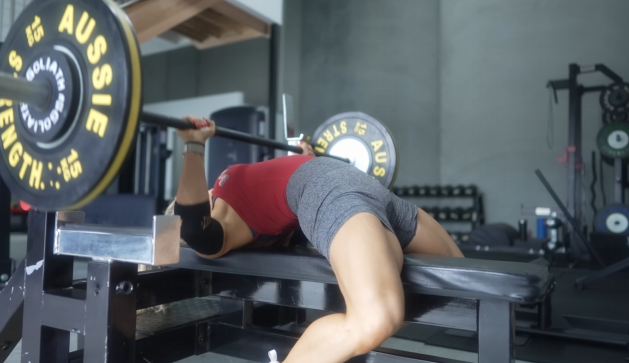
Injuries are an unfortunate reality for anyone who trains consistently, whether you’re an athlete, a weightlifter, a yogi, or just someone who loves staying active. When you push your body, there’s always a risk of strain, overuse, or accidents. But what happens when an injury—like a stubborn shoulder issue—takes you by surprise? Do you stop training altogether, or do you find ways to keep moving forward safely?
In this article, I’ll share my personal journey of dealing with an unexpectedly severe shoulder injury, the lessons I learned, and how I managed to keep training while focusing on recovery.

The Moment I Knew Something Was Wrong
I’ve always taken pride in my ability to push through minor discomfort. After all, soreness is just part of the process, right? But when my shoulder started acting up, I brushed it off as just another tweak—until it got worse.
What started as a dull ache turned into sharp pain whenever I lifted my arm, pressed weights, or even reached behind my back. I knew something was seriously wrong when I struggled to do simple movements that I had always taken for granted.
Ignoring the Pain: A Big Mistake
Like many fitness enthusiasts, I initially tried to “train around” the injury. I lowered my weights, modified my movements, and avoided certain exercises. But the pain persisted, and eventually, it became clear that I was making things worse.
Ignoring pain is one of the biggest mistakes you can make when dealing with an injury. Pain is your body’s way of signaling that something is wrong. Pushing through it can lead to more damage, a longer recovery time, and potential long-term consequences.

Getting a Proper Diagnosis
Frustrated, I finally saw a doctor and a physical therapist. After some assessments, they suspected a rotator cuff strain, possibly bordering on a small tear. The advice? Stop all overhead pressing, heavy lifting, and any movement that caused discomfort.
It was a tough pill to swallow, but I had to accept that my training needed a complete overhaul.
Adapting My Training Routine
Instead of stopping all movement, I focused on exercises that didn’t put stress on my injured shoulder. Here’s how I adapted my training:
1. Prioritizing Lower Body Workouts
Since my shoulder was compromised, I shifted my focus to lower-body strength and endurance.
- Squats, lunges, and step-ups became my go-to exercises.
- I experimented with resistance bands to add variety without straining my upper body.
- I incorporated single-leg work to challenge my balance and stability.
2. Modifying Upper Body Exercises
Completely avoiding my upper body wasn’t an option, so I found movements that didn’t aggravate my shoulder.
- I replaced overhead pressing with lateral raises using very light weights.
- Instead of push-ups or bench presses, I did controlled isometric holds and resistance band pulls.
- I focused on improving scapular stability with mobility drills and rehab exercises.

3. Mobility and Flexibility Training
I took this injury as an opportunity to work on mobility, something I had previously neglected.
- Daily stretching routines helped improve my range of motion.
- Yoga poses like child’s pose, cat-cow, and thread-the-needle provided gentle movement without strain.
- Foam rolling and massage therapy helped release tension in surrounding muscles.
4. Strengthening Supporting Muscles
One key to overcoming injuries is strengthening the surrounding muscles to provide better support.
- I worked on my rotator cuff with resistance bands.
- Rear delt and scapular retraction exercises helped stabilize my shoulder.
- Core strengthening exercises like planks and dead bugs ensured I maintained good posture and alignment.

Listening to My Body and Being Patient
One of the hardest parts of training through an injury is learning to listen to your body. Every day felt different—some days, I had more mobility and less pain; other days, even basic movements were a struggle.
I had to learn to respect my body’s signals. If something hurt, I stopped. If I felt fatigued, I rested. I set small, realistic goals instead of focusing on what I used to be able to do.
The Role of Recovery: Sleep, Nutrition, and Rehab
Recovery became just as important as training. Here’s what I focused on:
- Sleep: I made sure to get at least 7-9 hours of quality sleep, as rest is crucial for tissue repair.
- Nutrition: I increased my intake of anti-inflammatory foods like turmeric, salmon, and leafy greens.
- Physical Therapy: I diligently followed my rehab exercises, even when they seemed tedious. Over time, these small movements made a big difference.
Mindset Shifts: From Frustration to Growth
Initially, the injury felt like a setback. I was frustrated, discouraged, and worried that I’d lose all my progress. But with time, I realized that setbacks are opportunities to learn.
- I became more in tune with my body. I learned to differentiate between good discomfort and bad pain.
- I developed a well-rounded fitness approach. Instead of obsessing over lifting heavy, I gained appreciation for mobility, flexibility, and proper movement patterns.
- I built patience and resilience. Injuries test your patience, but they also teach you that healing takes time. Progress is still progress, no matter how slow.

Returning to Full Training
After months of careful modifications and rehab, I gradually reintroduced my usual training. It wasn’t a sudden leap back into lifting heavy—it was a gradual process.
- Started with light weights and high reps to recondition my shoulder.
- Focused on perfect form to avoid reinjury.
- Kept mobility work in my routine to maintain flexibility and prevent stiffness.
Final Thoughts: What I Wish I Knew Earlier
If I could go back, I would have taken my shoulder pain seriously from the start. The earlier you address an injury, the easier it is to prevent further damage. Training through injuries is possible, but it requires patience, smart modifications, and a long-term perspective on health and fitness.
If you’re struggling with an injury, my best advice is this: listen to your body, seek professional guidance, and focus on what you can do rather than what you can’t. Progress might be slower than you’d like, but staying consistent with safe, modified training will keep you on the path to recovery.
Injuries are temporary, but the lessons you learn from them will last a lifetime.


